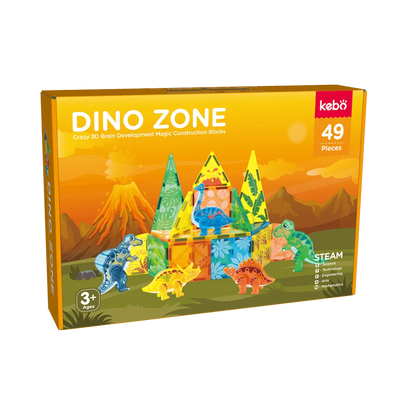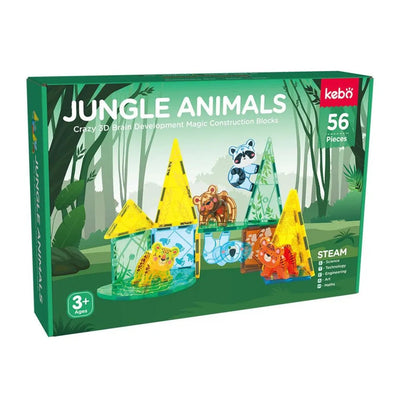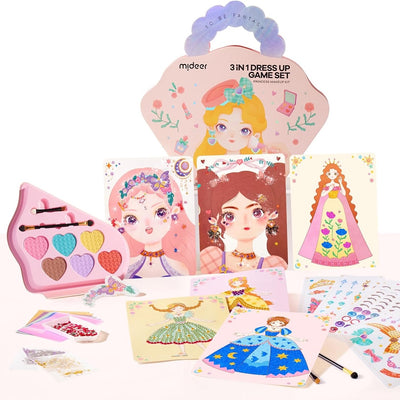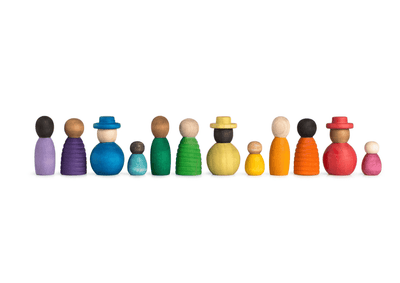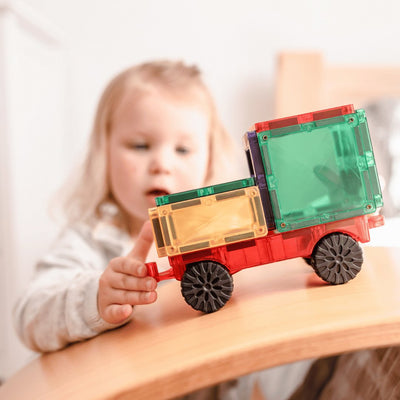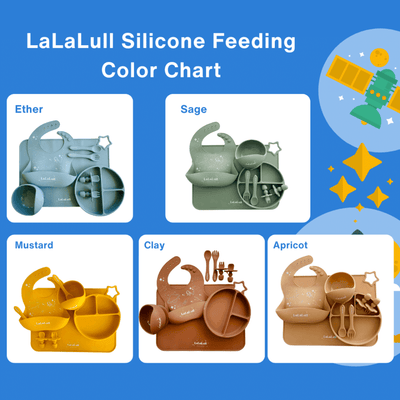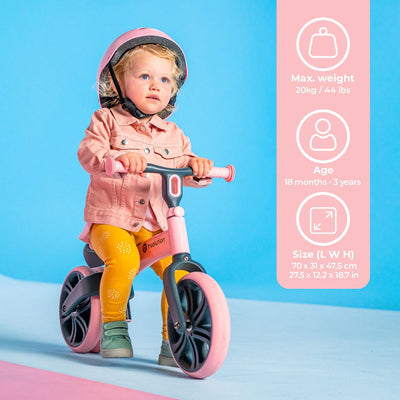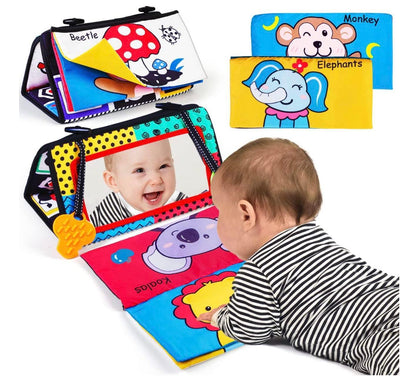When parents are shopping for baby products, health and safety are always the most important factors. One of the most key elements affecting a baby product's safety is its material. Children’s products frequently experience varying conditions, such as very high heat in microwaves and being put through dishwashers everyday. So I believe many parents have this question when shopping for baby products, especially those that come into contact with food: which is better and safer, silicone or plastic? In this blog, let's explore the answer for this question together.
How Do Plastic and Silicone Baby Feeding Products Perform Under Different Temperature Ranges?
Temperature resilience is an important factor to consider, as baby feeding products often need to withstand various temperature conditions.
-
Plastic:
- Generally safe within a temperature range of -20°C to 120°(Maximum, not all plastic range the whole range), plastic baby feeding products can handle everyday uses such as refrigeration and warm water. However, exposure to high temperatures, such as boiling or microwaving, can sometimes cause plastic to warp or release harmful chemicals. Always check the manufacturer’s guidelines on temperature limits to avoid potential hazards.
-
Silicone:
- Highly resilient, with a temperature range of -40°C to 200°C (LaLaLull Silicone Products standard), silicone baby feeding products remain stable and safe under extreme temperatures. Silicone can be safely boiled for sterilization, microwaved, and used in the dishwasher without risk of damage or chemical leaching. This makes silicone an excellent choice for parents who need versatile and robust feeding products.
What Are the Key Differences Between Plastic and Silicone Baby Feeding Products?
-
Plastic:
- Often made from polypropylene or polyethylene, plastic baby feeding products are known for their lightweight and durable nature. They come in a wide range of colors and designs, which can be appealing to both parents and children. However, not all plastics are created equal. It’s important to look for BPA-free options to ensure safety.
- Plastic products are also cost-effective and widely available, making them a popular choice among parents. Despite these benefits, plastic can sometimes retain odors and stains, which might require more thorough cleaning.
-
Silicone:
- Made from medical-grade or food-grade silicone, silicone baby feeding products are known for their flexibility and durability. Silicone is a non-porous material, which means it does not harbor bacteria or odors, making it a safer and more hygienic option for baby feeding.
- Silicone products are typically more expensive than plastic ones, but they offer several advantages, including resistance to high temperatures and the absence of harmful chemicals. They are also soft and gentle on a baby’s gums and teeth, making them ideal for teething infants.
Why Choose Silicone Over Plastic for Baby Feeding?
Silicone has several advantages that make it a preferable choice for baby feeding products.
-
Safety:
- Silicone is free from BPA, PVC, and phthalates, which are chemicals often found in plastic products that can pose health risks. Silicone’s non-toxic and hypoallergenic nature makes it a safer option for babies.
-
Durability:
- Silicone products are resistant to cracks, chips, and tears. They are long-lasting and can withstand frequent use and cleaning without losing their shape or functionality.
-
Ease of Cleaning:
- Silicone’s non-porous surface prevents the growth of bacteria, making it easy to clean and sanitize. Most silicone products are dishwasher safe, providing convenience for busy parents.
-
Environmental Impact:
- Silicone is considered more environmentally friendly compared to plastic. It is more durable, reducing the need for frequent replacements and thereby minimizing waste.
How Safe Are Plastic and Silicone Baby Feeding Products?
Safety is paramount when it comes to baby feeding products. Here’s how plastic and silicone measure up:
-
Plastic:
- Concerns over BPA and other chemicals leaching into food have made many parents wary of plastic products. BPA (Bisphenol A) is a chemical used in the production of certain plastics, and studies have shown that it can seep into food or beverages stored in containers made with BPA. This has been linked to potential health effects, particularly in infants and young children. To mitigate these risks, it’s crucial to choose BPA-free plastic feeding products.
-
Silicone:
- Silicone is considered one of the safest materials for baby feeding. It does not contain harmful chemicals or toxins, making it a safer alternative to plastic. Additionally, silicone’s high resistance to temperature changes means it doesn’t break down or release harmful substances under heat.
Best Brands for Baby Feeding Products: Silicone vs. Plastic
When selecting baby feeding products, choosing reputable brands ensures quality and safety.
-
Silicone: LaLaLull Silicone Baby Feeding
- LaLaLull is known for their high-quality, durable, and safe silicone products. Their range includes everything from feeding sets to teething toys, all designed with the health and safety of your baby in mind.
- LaLaLull Silicone Baby Feeding Sets are a popular choice among parents for their excellent design and reliable safety features.
-
Plastic: Avent
- Avent is a trusted brand offering a range of BPA-free plastic feeding products. They have a long-standing reputation for providing reliable and well-designed baby products.
- Avent Plastic Baby Bottles and Accessories are widely recommended for their safety and functionality.
External Resources for Further Reading and Recommendations
For more information and expert recommendations on baby feeding products, check out these external resources:
- HealthyChildren.org: Choosing Safe Baby Products
- FDA: BPA Use in Food Contact Applications
Conclusion
Choosing between plastic and Silicone Baby Feeding products depends on your priorities regarding safety, durability, and ease of use. While plastic products are widely available and often cost-effective, silicone products offer superior safety and durability. Brands like LaLaLull and Avent provide reliable options in both categories. By considering the key differences, performance, and safety of these materials, you can make an informed choice that best suits your baby’s needs.
Writen by Irene, mum for two, a registered ECE teacher, edited at 20/06/2024. Hope this blog could help you make the decision.
This article is an original work by the Babycoo editorial team. Please provide appropriate credit if you use any ideas or photos from this article. Thank you.
